A few years ago, we started a series on CoffeeGeek, called the Getting into Coffee series, which is now organized under the section Beginners in the Blog. With our new 2024 build of the website, we’re reviving the category and adding new content for folks getting into coffee and espresso.
Today, we are looking at the top ten things to consider when purchasing a home espresso machine!
The home espresso machine market has never been this big. There’s literally thousands of different machines out there today for home use. A search on Ali Express shows well over 300 different varieties of espresso machines for the home. Amazon has hundreds of different models. Even the specialty vendors have dozens and dozens of different choices.
An espresso machine is a major purchase too – if you want quality espresso in the home from an appliance that will last a long while – so trying to make an informed purchase decision has extra weight to it. But where do you turn for good, solid advice on what to look for in a home espresso machine?
Sadly, most of the “reviews” online today are either hosted on vendor websites (I’d rather an independent site to trust information from), or worse yet, sites like Amazon and Google, where fake and paid for reviews are the norm. A new type has creeped into the scene in the past few years: the SEO-pursuing, AI-written review. This type is especially bad. It serves no purpose or value for you, the consumer. It’s only purpose is to create content for the company or individual hosting the content. Stay away from those.
At CoffeeGeek, we want you to make an informed decision. For that reason, this article will not host any affiliate links. Any links we do provide in this guide will either be to reviews and content we have on CoffeeGeek, or informative third party websites filled to the brim with relevant and honest information. After all, when you’re spending as much as $1,000 on an appliance, you deserve better advice.
We’ll briefly explore the top ten things to look for and consider in an espresso machine purchase. Consider this info you prep material, your “in the know” backgrounder to help you make an informed decision.
Top Ten Things To Consider in an Espresso Machine
This list is not in any specific range of importance, but I will say the last tip is by far the most important one. Here we go!
PID Temperature Control
It wasn’t so long ago that temperature control in an espresso machine (via a Proportional Integral Derivative electronic controller known as a PID) was limited to machines costing $4,500 or more. The first “home” machine to properly have one from the manufacturer was the PID system inside the La Marzocco GS/3, in prototype format in 2004-5, and when it was finally sold to the public in 2007.
Since 2011, Breville has been putting them in their higher end machines, and now they have them in most of their espresso machines; even the budget friendly (and very advanced) Bambino Plus and Bambino models both have a PID inside. Other manufacturers have played catch up, but you’re now finding PID controls (with limited temperature adjustments) in machines costing as little as $350, and full temperature adjustments available in machines costing $500 or more (like the Turin Legato).
Temperature control is a big feature for making better espresso, so consider it a must have.

Pump Pressure Doesn't Matter
A big selling point on more budget-oriented espresso machines is a big brag on the box saying “18 BAR pressure!” or “16 BAR pressure!”. As long as the machine has an electro-mechanical pump (or a lever), I can pretty much guarantee you it will deliver around 9 BAR of pressure, which is the sweet spot for espresso brewing. How can I guarantee that?
Because there’s only a few vibratory pump manufacturers in the world (Ukla being the most common maker) and all the pumps are designed to put out 15-18 BAR at max pressure but have check valves to limit the brewing pressure to around 9 BAR.
Three Way Pressure Relief
Something found in most espresso machines above $500, but harder to find in budget machines, but a must have for happy home espresso. It’s an electro-mechanical device that automatically opens a valve to relieve the pressure in the portafilter and filter basket once you complete a shot of espresso. Without it, that pressure remains and takes time to bleed off.
Why is it important? If your machine choice doesn’t have some kind of pressure relief system, if you try to remove a portafilter after brewing a shot, the resulting escape of pressure will spray hot grounds everywhere on your countertop, your machine, and you.
Right now, the lowest priced machine (with any kind of reputation) to have a 3 way solenoid valve is the Breville Bambino Plus. Breville did not put on in the Bambino, but they did in the Plus model.
Check the Filter Basket Size
The commercial industry standard for espresso machines is a 58mm filter basket size (though some commercial machines use a 57mm basket). 58mm baskets, when loaded with 16-19g of coffee give a nice 1cm (roughly) thick puck of ground coffee that can handle good distribution of brewing water above it. 57mm is very nearly as good. 53mm and the same dose of coffee means a thicker bed of coffee and the potential for more extraction issues.
Built in Filtration System
Unless you’re absolutely blessed to live in a city with fantastic municipal water sources, one that is just the right balance between heavy and soft, with the perfect mineral count for coffee brewing, and the perfect Ph level (which is between 7 and 8.5PH), using filtered water for your espresso machine is a must, and machines with a built in filtration system are worth every penny their water filters cost. This is one reason why I like Breville so much – every espresso machine they sell has a filtration system built in.

Dual Boiler for Milk Lovers - Usually!
If your primary goal with a home espresso machine is to produce milky drinks like lattes and cappuccinos, A machine with two heating devices, including boilers, thermoblocks, and the like, is a major step up and will make you very happy.
The reason is simple: espresso needs brewing water at one temperature (around 205F or lower), and steaming milk requires water at a much higher temperature (about 235F minimum, under pressure in the boiler). If your machine has one heating device (boiler, thermoblock or similar) and is used for both brewing and steaming, you will be waiting between the modes, and banging out cappuccino after cappuccino after cappuccino becomes a real chore. Dual boiler machines used to cost thousands, but now some are available as low as $500 (the Turin Legato is one such machine, which we’ll be reviewing soon).
There is a caveat to this, listed in our pro tip below.

Consider Unpowered Espresso
If you only want to make espresso (no lattes, no cappuccinos or macchiatos), today we have several options available for unpowered, manual lever espresso machines that can produce a seriously top shelf espresso and in some models, are very easy to bang out shot after shot.
On the budget side (starting at $119), there’s the Flair espresso maker devices (look at their starter models), and in the more premium arena, the Cafelat Robot (starting at $325) or our current favourites, the Flair 58 and Superkop.
The Flair 58 is the best manual lever machine we’ve ever used, but to be honest, we prefer the Superkop because of its uniqueness, longevity, and the fact it can be wall mounted. It’s not cheap at $900 or more, but it is a generational investment (just buy some spare water reservoirs).
Can it Be Serviced?
Really consider an espresso machine that can be easily serviced. This is where the #1 selling espresso machine brand in the world – Breville – gets a failing grade: their machine are basically “throw them out” if they fail after warranty. If you’re spending $500, $750 or even $1,000 on an espresso machine, it’s fair to expect it to be able to work for a decade or more with normal maintenance.
This is also why the Gaggia Classic Evo Pro is so popular: it is not only very servicable, but there’s a healthy after market for modding and upgrading it.
The thing is, even the best-built machines can have failures eventually, in the pump, or in a leak in the boiler, or a tired thermostat or something similar. If a machine can be easily serviced, it increases the return on investment, because instead of spending another $1,000 seven or ten years from now on a new machine, you could be spending $250 to have a small repair done, and have the machine back good as new.
Consider the Resale Value
Espresso in the home is an interesting game: the vast majority of folks – even those inclined to really appreciate and understand specialty coffee – will buy one machine and be satisfied with it for the life of the product. But a small minority gets the bug… the upgrade bug, and perhaps after years of using a capable single boiler machine want to upgrade to a more exotic Italian made dual boiler setup with a full slate of computerized controls. This is why spending a bit more your first time around on a well respected brand that has a solid reputation for longevity can pay its own dividends.
Some espresso machines are lucky to get 1/5th their full retail value when you sell it used. Others can get as much as 50%, even 75% of the original retail value, based on demand and product reputation, which really increases your ROI on the machine if you do decide to upgrade. When seeking out espresso machines, do some diligence and search eBay, Facebook Marketplace and other sources for used models to see what the typical used prices are for good condition machines.
We feel this bit is so important, we recently added “resale value” as one of the 10 scoring points on our Full Reviews.

Get a Good Grinder
Yep, the most important thing in any espresso machine you get for home use is the grinder you pair up with it. I can make a better espresso with a $200 espresso machine and a $500 grinder than I can with a $7,500 espresso machine and a $50 grinder. It’s just a fact.
A quality coffee grinder – one that is tuned for espresso grinding – is not an option with for long term good home espresso: it’s an absolute must. Some machines (like those from Breville (fourth time mention!) have built in grinder that are good and work well with the platforms, but you’re still limited to those grinders for espresso-only use and if they break down, the machines are a write off. Better to get a multipurpose or espresso-centric grinder that stands on its own.
These days, the starting espresso nerd is blessed with a plethora of budget friendly choices in good grinders. Espresso-specific models like the Turin SK40, or the Baratza Encore ESP, both under $200. For $400 you can step up to the Turin DF64 Gen2 model, which many consider one of the best bang for the buck espresso primary single dose grinders ever released.
If you want true multipurpose, grinders like the Baratza Virtuoso+, or the Breville Smart Grinder Pro would suit well. And if you want to stay under $100, consider a manual grinder like the Timemore C3 ESP Pro model, which is excellent for espresso (as well as multi-purpose, small batch grinding).

Wrap Up
There’s our top ten things to look for in an espresso machine. For sure, there’s other tips and info that can help you make an informed decision, but we feel the above 10 tips give you a good base to make the leap.
Make sure you check out other articles in our Beginner series, and some of our How Tos on making various espresso-styled drinks to get a head start.
Mark has certified as a Canadian, USA, and World Barista Championship Judge in both sensory and technical fields, as well as working as an instructor in coffee and espresso training. He started CoffeeGeek in 2001.
-
Mark Princehttps://coffeegeek.com/author/markprince/May 6, 2024
-
Mark Princehttps://coffeegeek.com/author/markprince/April 30, 2024
-
Mark Princehttps://coffeegeek.com/author/markprince/April 29, 2024
-
Mark Princehttps://coffeegeek.com/author/markprince/April 28, 2024

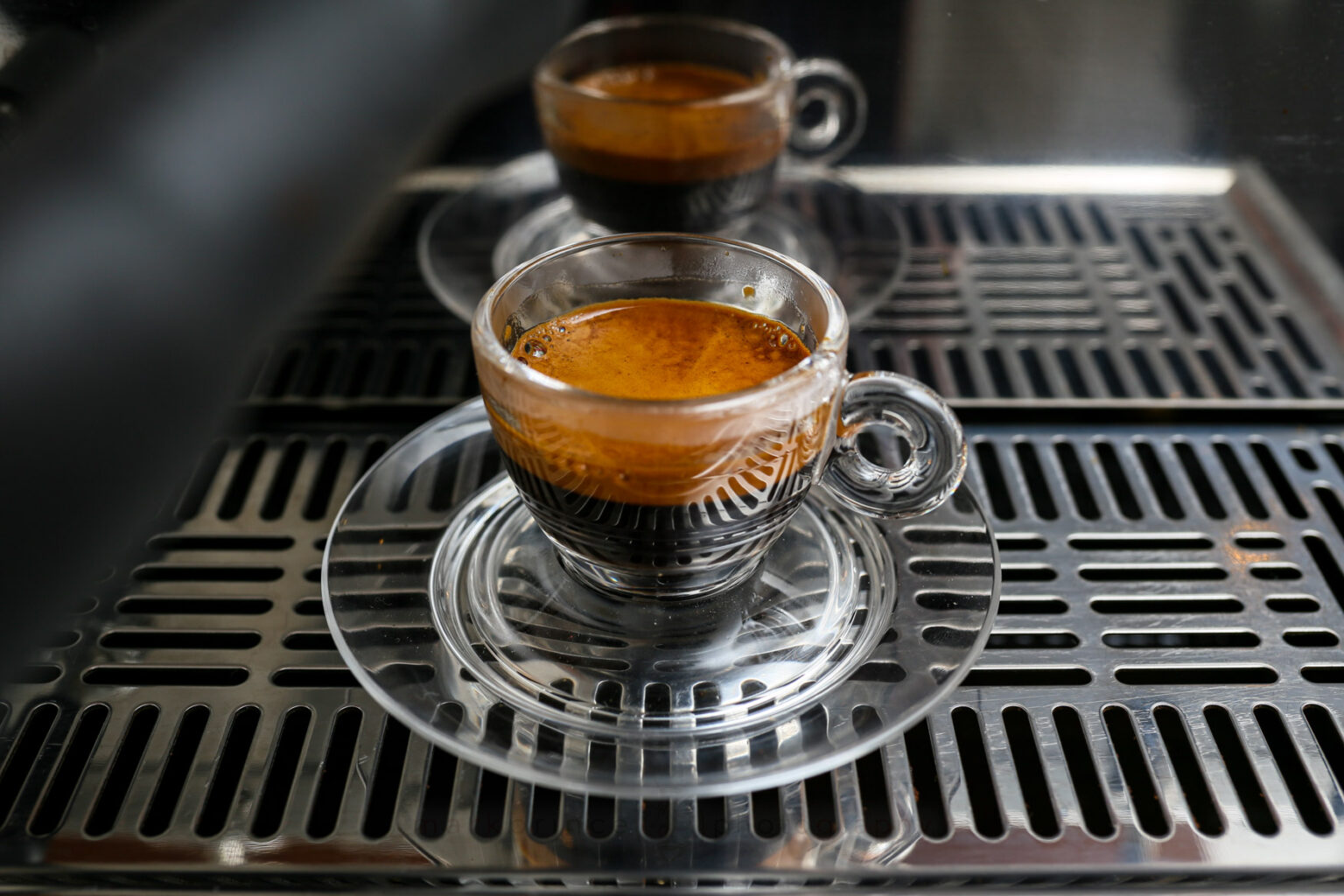

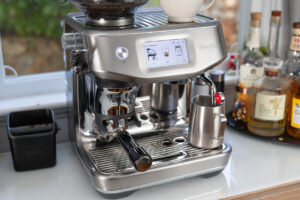
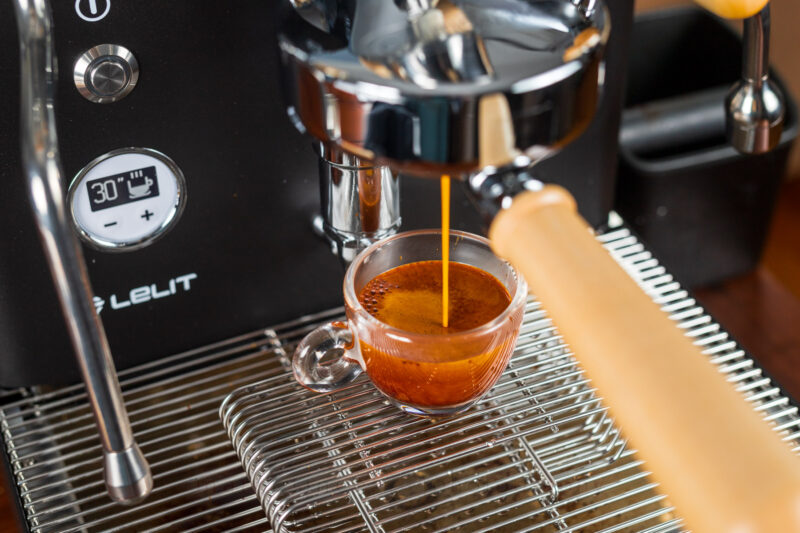
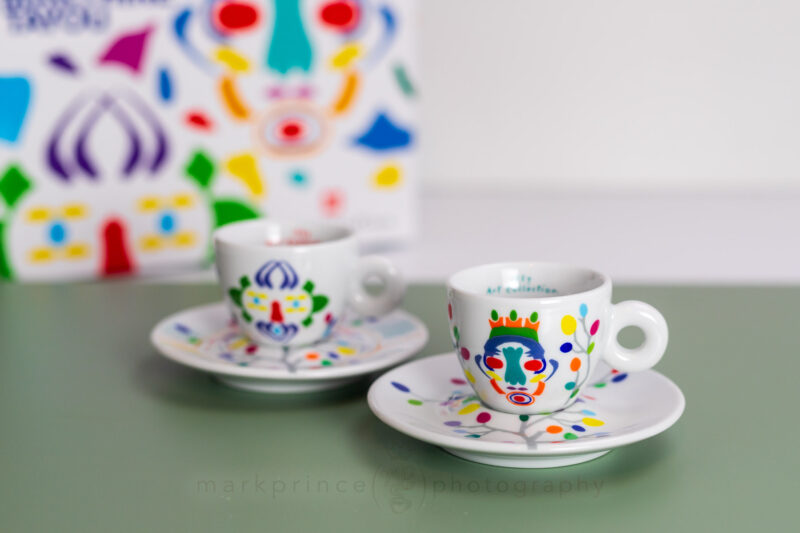




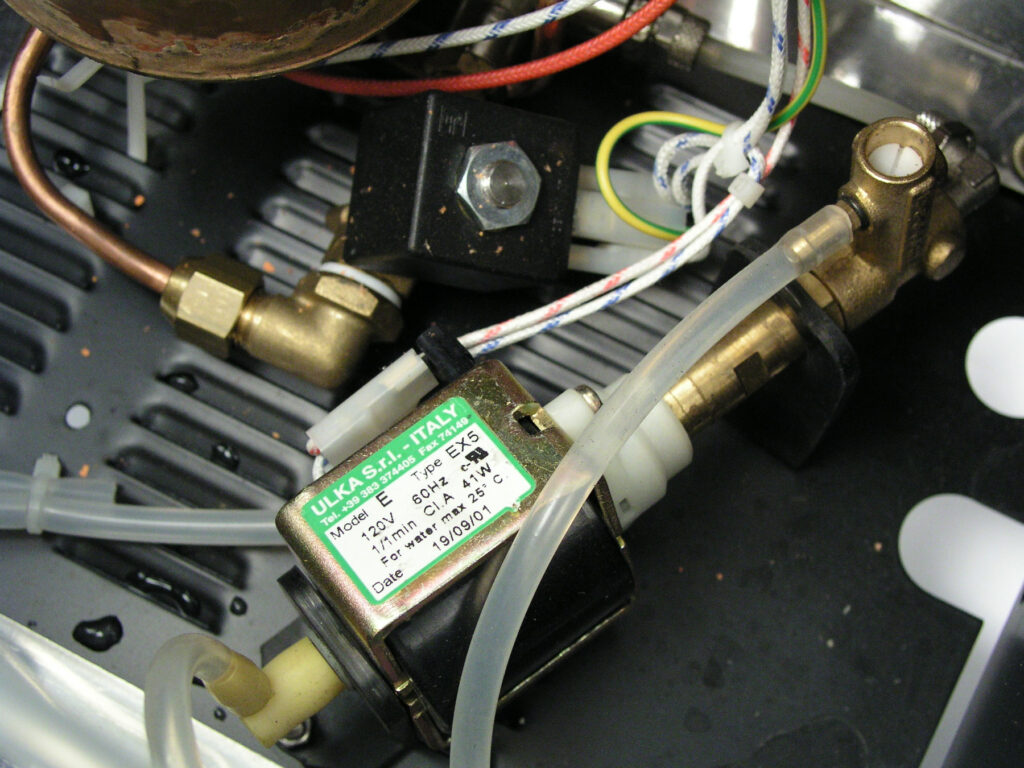




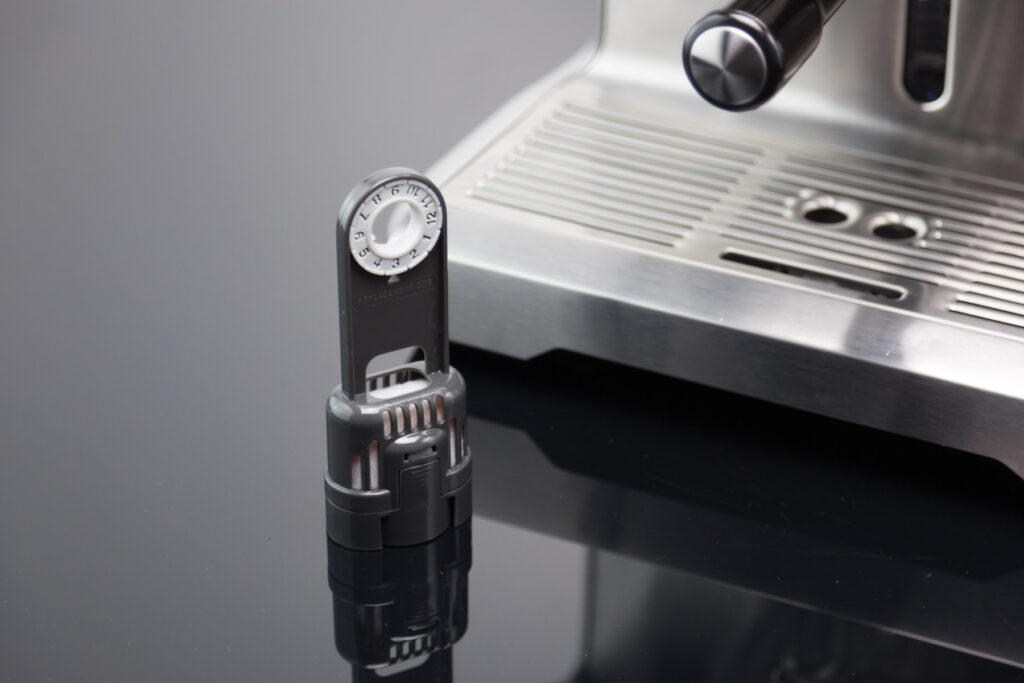

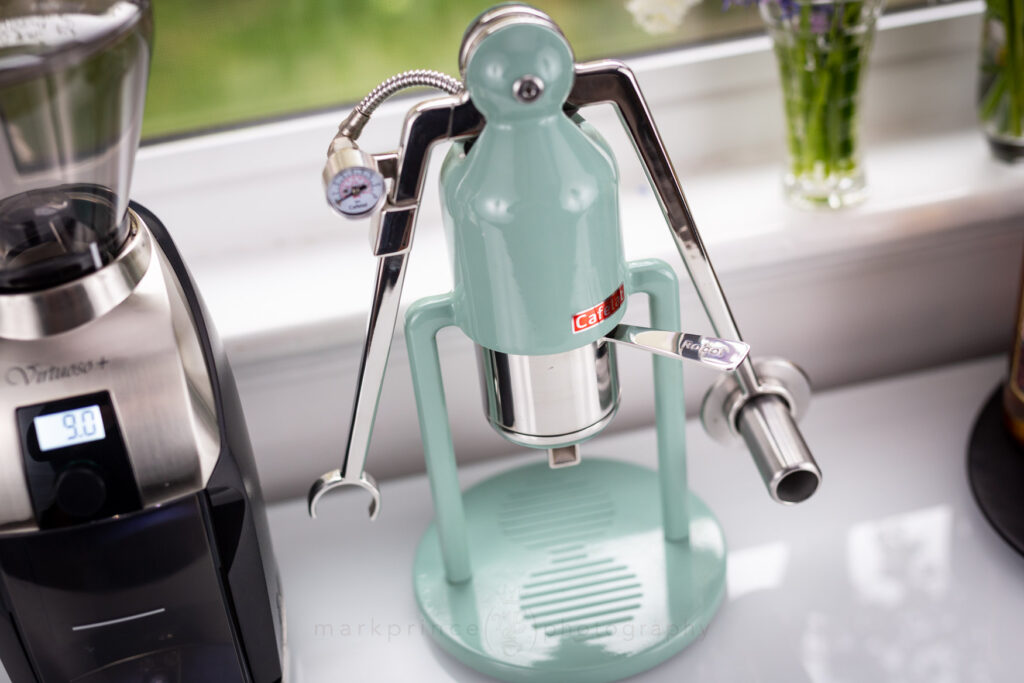
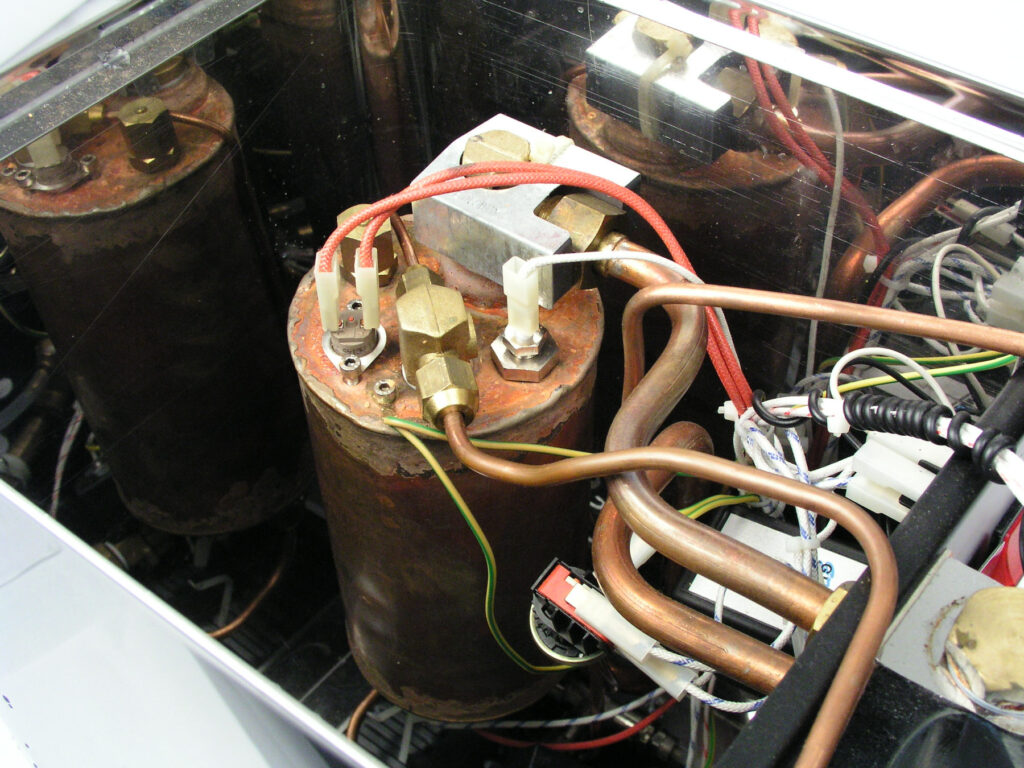

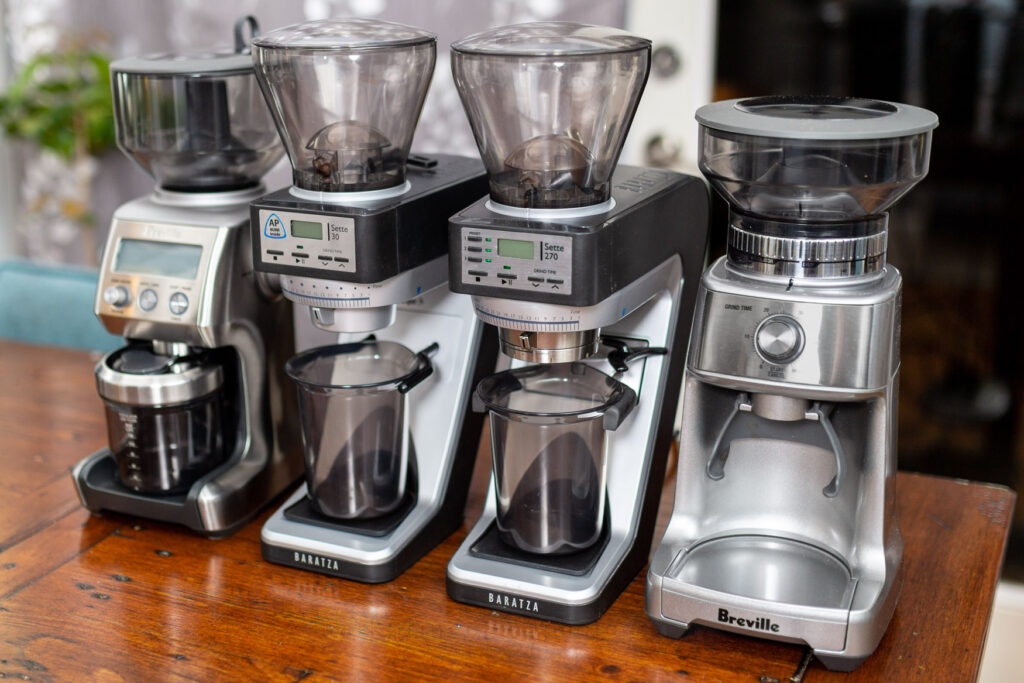


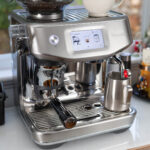
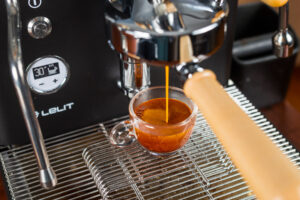


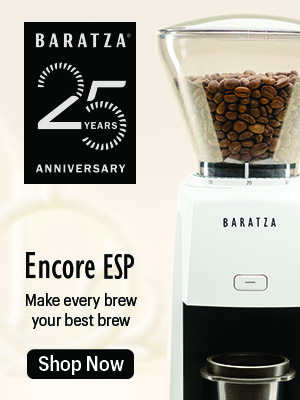









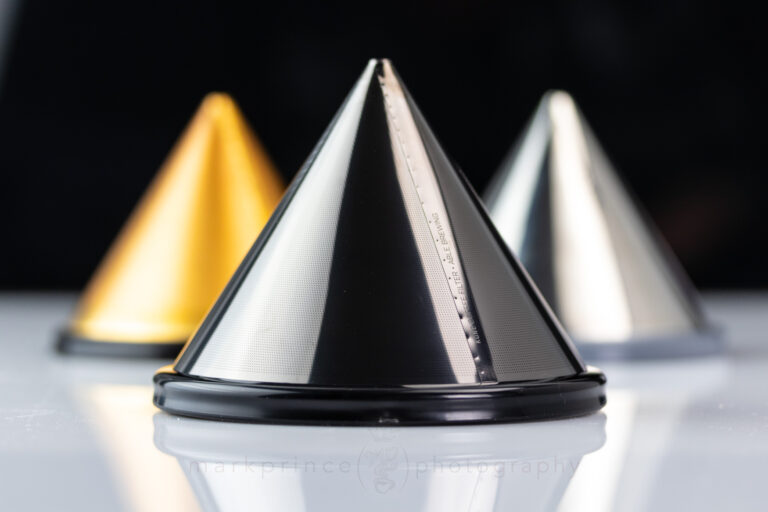


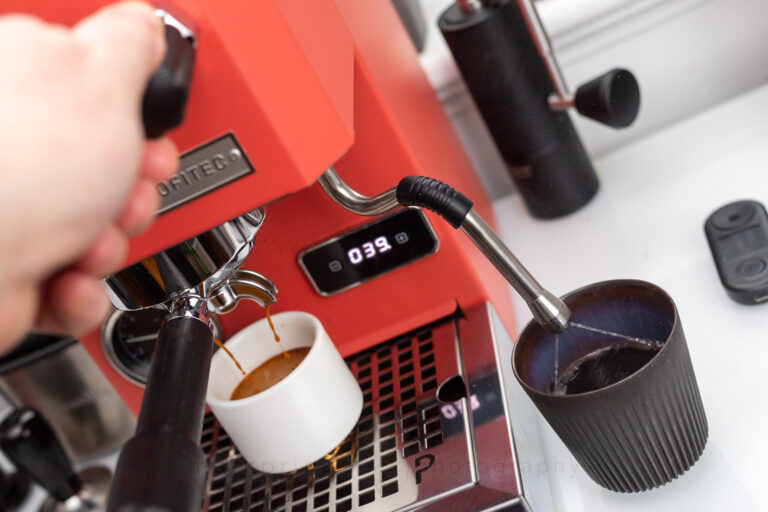
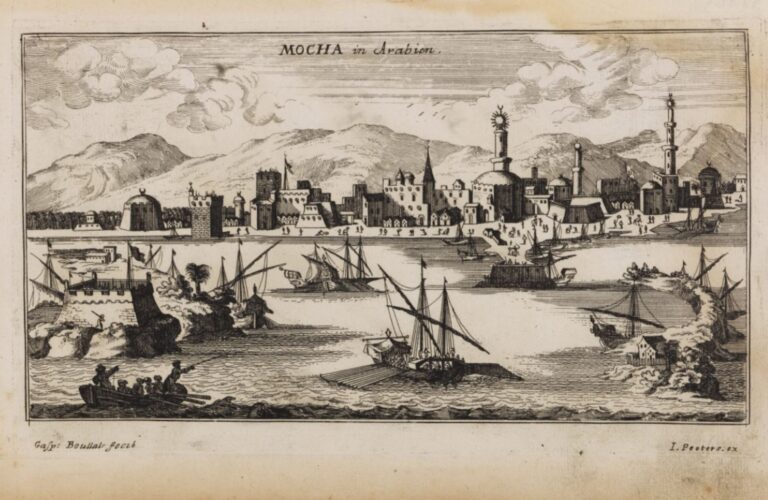
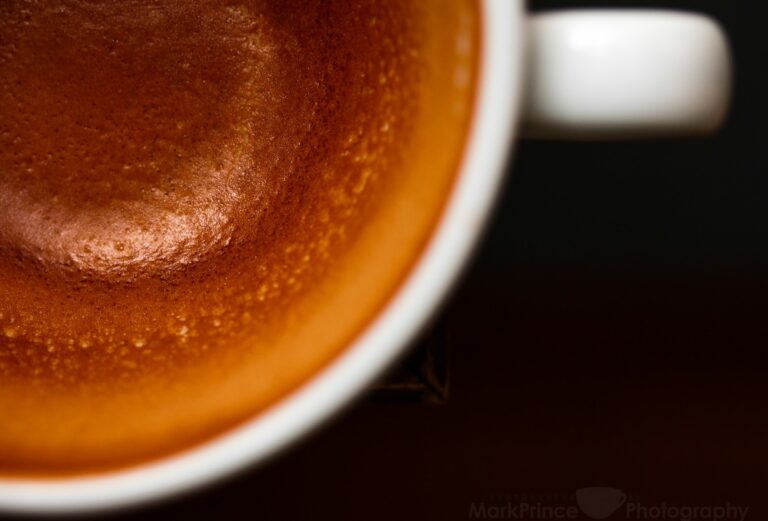









3 Responses
PID = proportional integral derivative, for the three forms of equation used to achieve/maintain the set-point without violating other desired criteria. Very few applications in an espresso machine’s temperature and pressure range use much derivative correction though.
11: I’d also recommend considering the machine’s warm-up time to see if it aligns with your schedule. Larger dual-boiler machines can easily take half an hour to heat, which means spontaneous espresso shots aren’t an option unless you leave the machine on for hours. On the other hand, a compact, manual lever machine might require a bit more skill to master the perfect shot, but it’ll be ready to go in just a few minutes.
You might also want to consider which side of the machine has the steam wand and controls, and where you will place the machine!